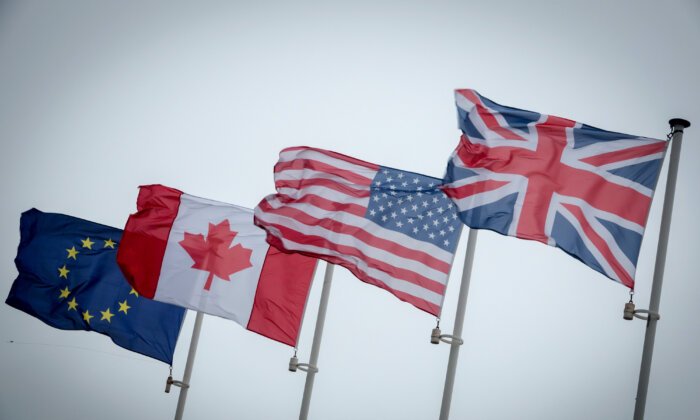Out of the top 30 economies, Canada ranks third lowest in GDP growth per capita
Canada is one of the worst performing advanced economies when it comes to GDP growth per person, as indicated by a recent study.
While per capita GDP may not seem very important to most Canadians, it should be, according to the study’s authors.
“Measuring changes in real income over time and against peers can help Canadians gain a perspective on whether they are better or worse off relative to their past way of life or to residents of other countries,” they explained.
The study also examines the change in Canadian real incomes over time compared with the incomes of residents in other Organisation for Economic Co-operation and Development (OECD) countries.
The OECD provides a “good basis of comparison” for Canadian incomes because its member countries offer a healthy cross-section of advanced economies, including many that are similar to Canada, the study noted.
Income Growth Stagnates
Canadian income growth measured by GDP per capita matched up with the rest of the OECD countries between 2002 and 2014, according to the study. From 2014 onwards, Canada’s growth rate has remained stagnant.
Canada’s GDP per person in 2002 was higher than the OECD average by US$3,141, but by 2022, it had fallen US$231 below the OECD average, trailing behind key allies and trading partners like the United States, the United Kingdom, New Zealand, and Australia.
Canadian GDP per capita in 2014 was $44,710—80.4 percent of the U.S. total of $55,605, the report found. However, by 2022, Canada was at $46,035 compared to $63,685 in the United States. This meant that the gap had widened from $10,895 to $17,649 by 2022, adjusted for inflation.
By 2060, Canada’s projected average annual growth rate for GDP per capita will be 0.78 percent, the lowest among the 30 OECD countries analyzed.
The report attributed Canada’s decreasing long-term GDP per capita growth to the low or negative growth in labor productivity, reflecting inadequate investment in physical and human capital per worker.
“Canada has been experiencing a collapse in investment, low productivity growth, and a large and growing government sector, all of which contribute to reduced growth in living standards compared to our peer countries in the OECD,” stated Fraser Institute senior fellow Lawrence Schembri.
Canadian businesses invest significantly less per worker than U.S. businesses, according to Mr. Macklem. This means that workers have fewer new innovations to help them increase speed and efficiency.
“Why have we had systematically less investment in Canada than in the United States? Or, to put this question in the positive: How do we make Canada more investable?” he asked. “Finding answers to these questions is critical if we want to increase the non-inflationary growth rate of the economy and raise the standard of living of Canadians.”
Average Growth
Among OECD countries, Ireland led in GDP per capita growth from 2014 to 2022 with a rate of 8.4 percent. Poland followed at 4.3 percent, with Hungary at 3.8 percent, and Turkey at 3.6 percent.
New Zealand saw a growth rate of 1.8 percent, while the U.S. stood at 1.7 percent, and the U.K. and Australia were at 1.1 percent. In contrast, Canada had a growth rate of only 0.6 percent.
The authors of the study recommend that the federal government implement various policy changes to promote growth.
“Boosting productivity through reduced regulation and barriers to international and interprovincial trade (including improved labor mobility), encouraging innovation and entrepreneurship, tax reform aimed at enhanced tax competitiveness and a stronger investment climate, as well as reducing the size of government are some of the actions that should be taken,” they suggested.
“Governments across the country should begin to promptly adopt these bold reforms that will help address Canada’s ongoing growth crisis.”






